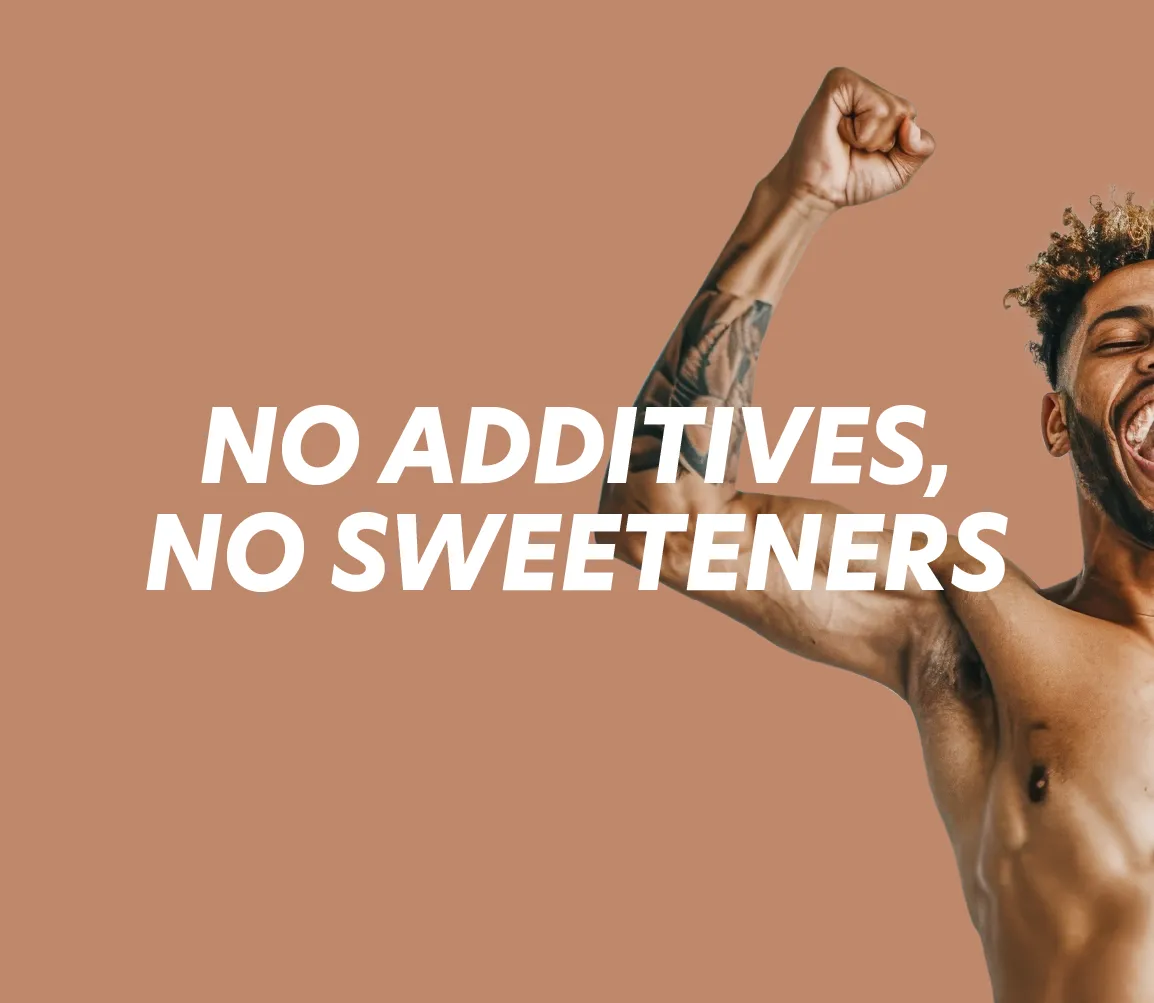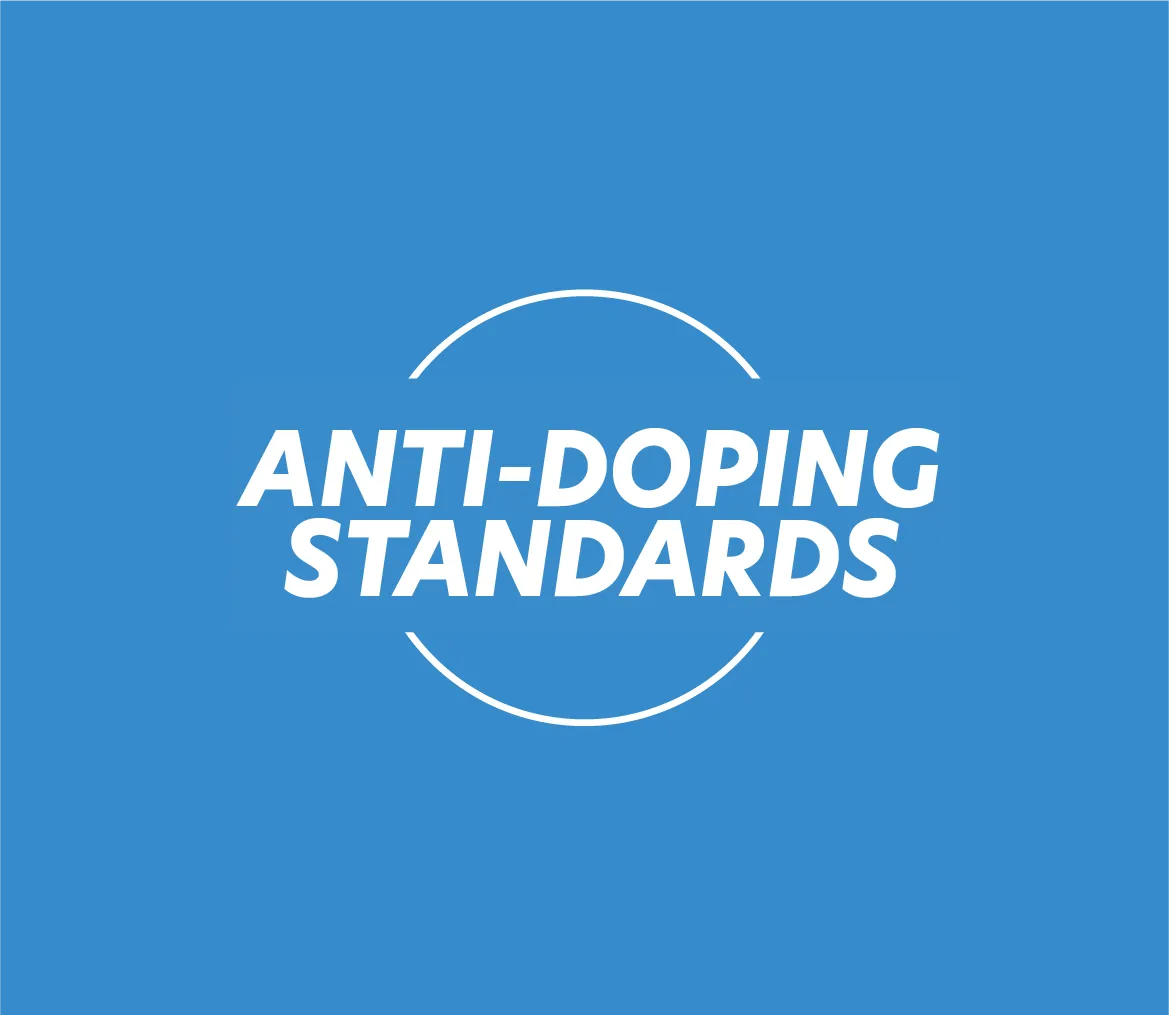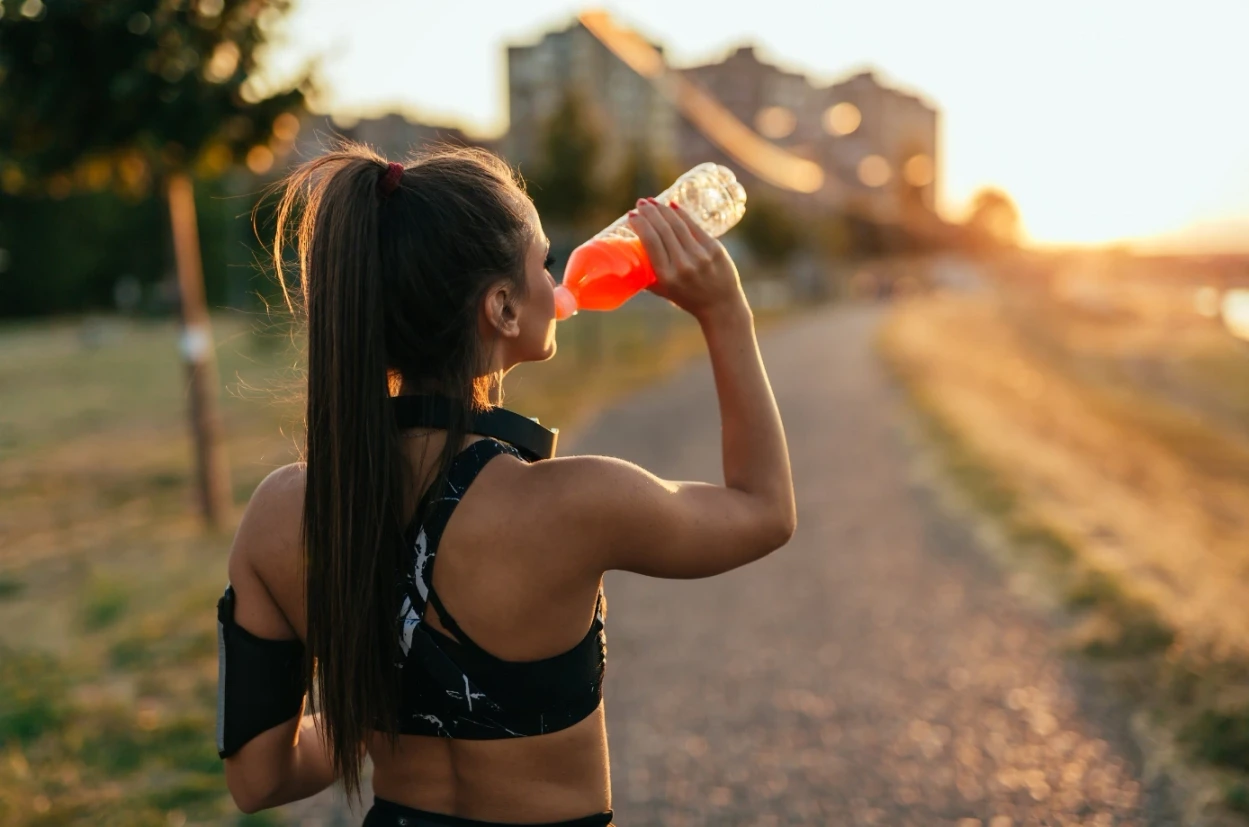Waist-Hip Ratio Calculator (WHR)
Calculate your waist-to-hip ratio according to the scientific standards established by Singh (1993)
"Ideal" aesthetics
Good for your health
Moderate risk
High risk
Please note that these interpretations are only indicative.
Rather than the results of a ratio, we consider the "ideal" measurements of a woman or man to be those of a healthy, functional body, chosen by that person.
Definition and calculation
The waist-to-hip ratio(WHR) is simply the ratio between the circumference of the waist (at the narrowest point or according to standard protocol) and that of the hips (at the widest point).
How you measure matters a great deal: the waist is often measured between the last palpable rib and the iliac crest, and the hips around the most prominent part of the buttocks, with a constant-tension tape.
What this ratio seeks to inform - its uses
WHR is used as an indicator of fat distribution in the body, more specifically to detect the presence of abdominal fat ("central") versus peripheral fat (buttocks, thighs).
This is important for health, as visceral fat (around the abdominal organs) is more metabolically active and more strongly associated with cardiovascular risk, diabetes, metabolic disorders and mortality than subcutaneous fat.
Several studies show that WHR is a better predictor of certain metabolic outcomes than BMI.
The waist-to-hip ratio is often used as an indicator of figure or "ideal proportions" according to measurement tables. These aesthetic uses do not always make sense from a medical or scientific point of view, unless individual variability is taken into account.
Normal" or "ideal" values: limits to be emphasized
The standard thresholds often cited are :
- For women: WHR ≥ 0.85 is sometimes defined as "abdominal obesity" by the WHO.
- For men: WHR ≥ 0.90.
- For healthy women, many studies report "ideal" WHRs around 0.67 to 0.79.
- Aesthetic usage (e.g. ratio 0.7 for female silhouettes) stems from attraction psychology research (Singh, etc.) and minority empirical findings, but should not be confused with an unavoidable health threshold.
Bear in mind that these thresholds are arbitrary, drawn from specific populations, and do not apply uniformly to all individuals (ethnicity, age, morphology, genetics). The ratio alone is not enough to judge the health or suitability of a figure.
Limits of the waist-to-hip ratio concept
- Does not differentiate lean body mass
The WHR does not distinguish muscle or bone weight from fat. Someone may have a good ratio despite excess body fat elsewhere, or a poor ratio but a favorable body composition. On this subject, Protéalpes offers a lean mass calculator (IMM). - Individual variability
Hormonal, genetic, age-related, menopausal, etc. differences affect fat distribution - no universal "ideal proportion" can be imposed. For example, after the menopause, women tend to store more abdominal fat, which raises WHR even without altering overall weight. - The overall metabolic context counts
Having a "high" WHR does not guarantee high risk if other biomarkers (blood glucose, lipids, blood pressure, inflammation) are good. Similarly, a "favorable" WHR does not guarantee the absence of metabolic dysfunction.
Proposing a balanced vision
The waist-to-hip ratio is a simple, accessible, useful tool for giving an overview of body fat distribution - particularly for spotting excess fat around the abdomen.
It has a moderate predictive value for cardiovascular and metabolic risk, often superior to BMI alone in some studies.
But it should never be used in isolation to judge "good figure" or health. Its relevance is highly dependent on the individual's context (age, gender, genetics, activity level, metabolic profile).
For a serious approach, it should be combined with other indicators (blood tests, metabolic monitoring, body composition) and interpreted with caution.
Scientific references and sources
Characteristics of male and female bodies in relation to judgments of attractiveness by Martin J. Tovée, D. S. Maisey, E. L. Vale & P. L. Cornelissen
Optimal Waist-to-Hip Ratios in Women Activate Neural Reward Centers in Men by Steven M. Platek & Devendra Singh
Our other tools
Tools of the same type include :
- The Venus index, which claims to give a woman's ideal measurements
- Several extrapolators of ideal measurements in men such as Casey Butt, Steve Reeves or John McCallum.














